
Porsche Cayenne 2018 Review - Online Car Marketplace for Used & New Cars
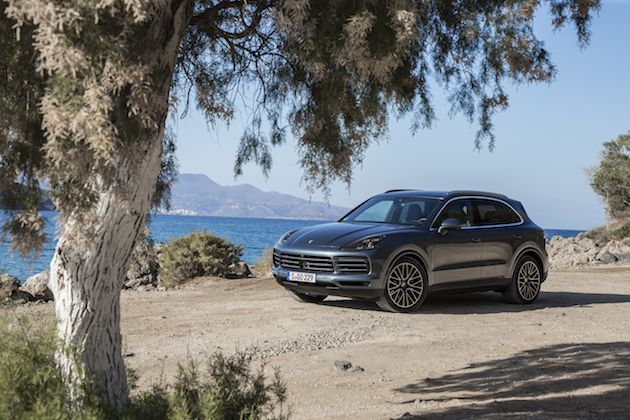 The third-gen Porsche Cayenne remains the spiciest of the SUV pile when it comes to driving fun
The third-gen Porsche Cayenne remains the spiciest of the SUV pile when it comes to driving fun
Crete, Greece - Hard to believe that the Porsche Cayenne is now entering its third-iteration, and by all measures continues to be a mainstay of the sports car brand.
As covered on CarBuyer.com.sg at the car’s premiere in Stuttgart a few weeks earlier, the new Cayenne does things differently. The previous-gen Diesel model has now gone the way of the dinosaur, so the main event for Singapore is the base Cayenne and slightly more powerful Cayenne S.

Even though there are sporty variants of the Cayenne (see our following review of the Turbo soon), you aren’t pulling the short straw with the base model or the S. The Porsche badge isn’t just there for smoke and mirrors, but underscores the dynamic personality of the cars bearing it.
Both models are visually identical - in the photos here the white car is the base model, the grey car is the S.
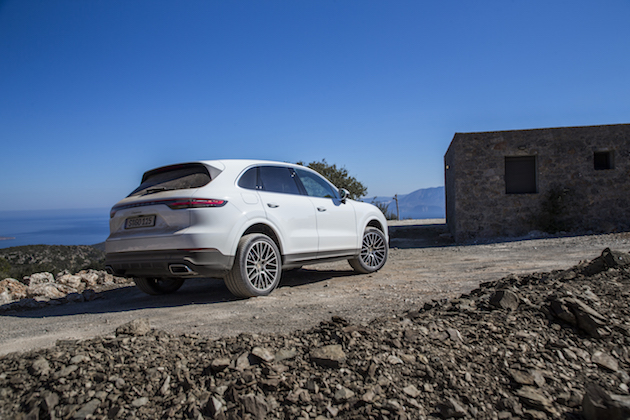
We’d already seen a lot of the visual cues and cabin touches from the latest Panamera and Sport Turismo. The Sport Turismo shares the same continuous horizontal light strip on the tailgate, as well as the integrated roof spoiler, with the Cayenne.
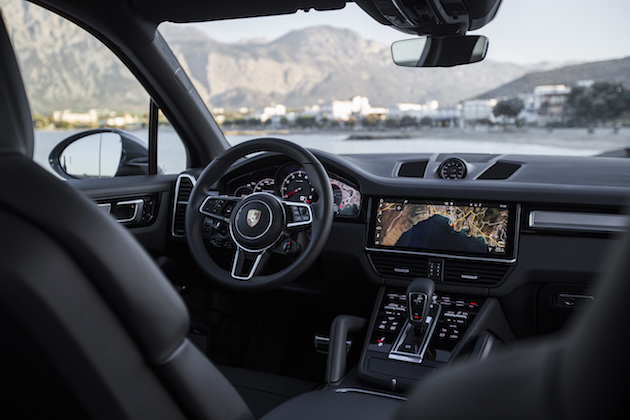
Also if you recall, we first saw the posh, minimalist cabin on the current Panamera with the touch-sensitive centre console pads, in addition to the 12.3-inch touchscreen that controls all the functions on the Cayenne - except thankfully, the aircon vents.
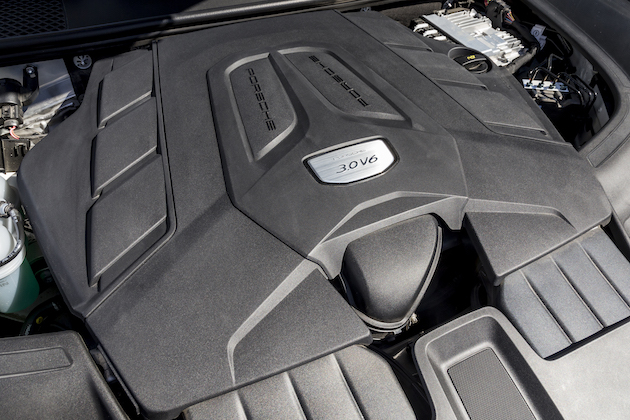 3.0 V6 of the base Cayenne has a single turbocharger and 2,995cc displacement, makes 340hp
3.0 V6 of the base Cayenne has a single turbocharger and 2,995cc displacement, makes 340hp
More importantly, there’s proper engine differentiation between the base and the S in terms of powerplant, even though both are V6s. Most brands use a single engine in different states of tune across several models, which naturally can all end up feeling homogenous. Porsche’s V6 biturbo in the S displaces 2,894cc, while the single-turbo V6 of the base model displaces 2,995cc.
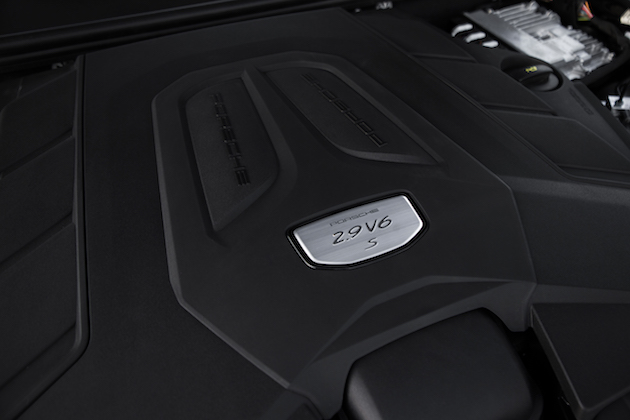 The Cayenne S has a 2.9-litre V6 with twin-turbos and 440hp
The Cayenne S has a 2.9-litre V6 with twin-turbos and 440hp
For the first time, the Cayenne’s mass drops under two-tonnes thanks to lightweight construction. To compensate for its lower performance figures versus the rest of its brethren, Porsche has thoughtfully endowed it with excellent low-rpm response, with the driver enjoying the engine’s full 450Nm from just over 1,300rpm.
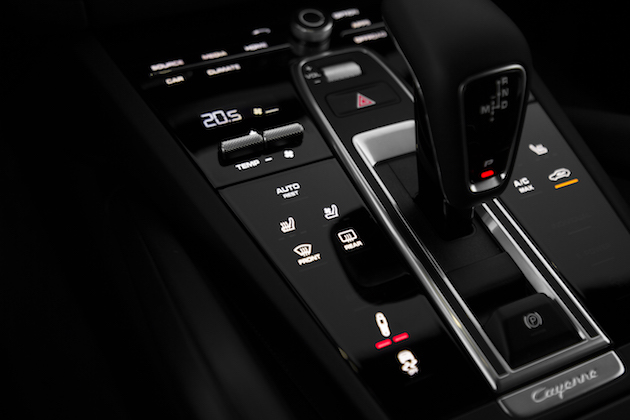
The eight-speed automatic isn’t as slow-witted as you’d imagine for something with a torque converter. The choice of an automatic (over the dual-clutch unit found in other Porsches) is practical too, because it’s better for off-roading, and whenever you need to apply delicate throttle inputs but don’t want the quick uptakes of the PDK; ditto for towing, though that’s a rarity in Singapore.
The base Cayenne is far from being a compromise, and proves a competent city commuter and occasional highway cruiser; we only wonder if spec for spec, the price difference between the base and the S is small enough to bridge that most people will opt for the latter.
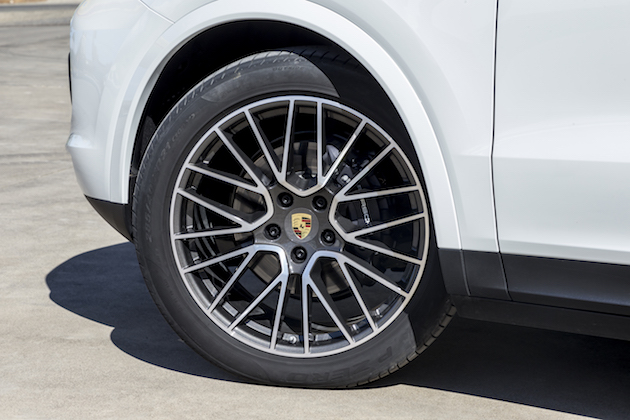
Moreover, with the Sport Chrono Package now available for this generation of the Cayenne, the SUV gets a fresh shot of sportiness with Launch Control in Sport Plus mode, as well as a Sport Response Button, which provides an overboost to the car for a maximum of 20 seconds - useful for overtaking manoeuvres or just to wow your passengers.
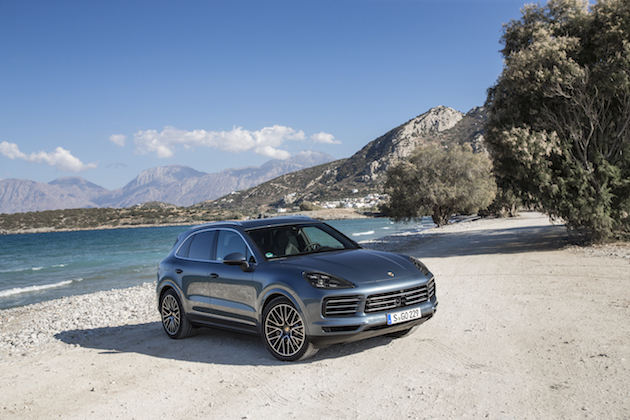
The S winds things up a notch, as its biturbo V6 delivers 100bhp/100Nm more than the base for decidedly storming performance. To us, this is an ‘All Things Nice’ sweet spot between the Sugary base model and the Spicy Turbo, due to its Goldilocks’ blend of comfort and performance. We’re not just talking about straight-line blitzes either, because It’ll gladly tackle the ho-hum A-to-B chores, but also gamely dispatch the fast winding roads, especially now that staggered tyres can be specified (narrow tyres in front, wider tyres behind), which provide a combination of stability and agility.

To that end, there’s a new cost-optional rear-axle steer (only the Turbo gets it standard), so the Cayenne can be hustled with as much abandon through the tighter corners as a much smaller car. Under real world driving conditions, the S will gladly keep up with a Turbo, even if the Turbo has the edge in terms of outright pace.
Although the wheelbase remains the same, the new Cayenne is longer, lower and wider than before, with a sporty silhouette to suit its personality. There’s 100-litres more cargo-carrying space than the second gen, and the rear seats have a length adjustment range of up to 160mm, as well as ten positions for the backrest adjustment. True to utility guise, the rear seats can be folded flat completely to create a flat loading floor for 1710-litres of load-lugging capacity.
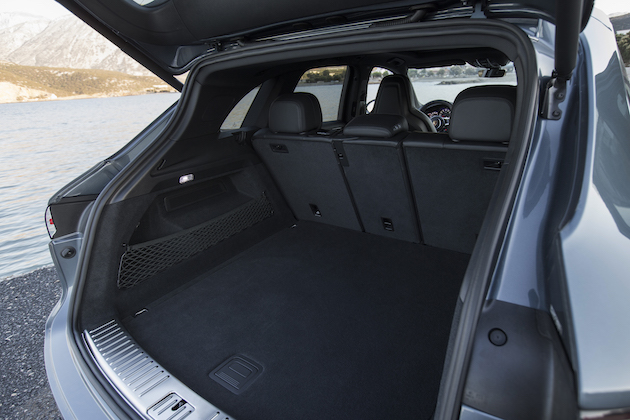
The only chili in our eye was ride comfort. While the Cayenne has sublime levels body control and engaging dynamics, like many modern SUVs it can all be too easy for the ride quality to deteriorate into bone-jarring discomfort, especially if the larger wheel sizes are optioned.
That’s something many SUVs share, but very, very few have the Cayenne’s plus points in the same magnitude. Porsche’s SUV proposition is already a natural athlete to begin with straight out of the box, regardless of whether you’re talking base, S or Turbo - the engine variations only serve to denote competition class.
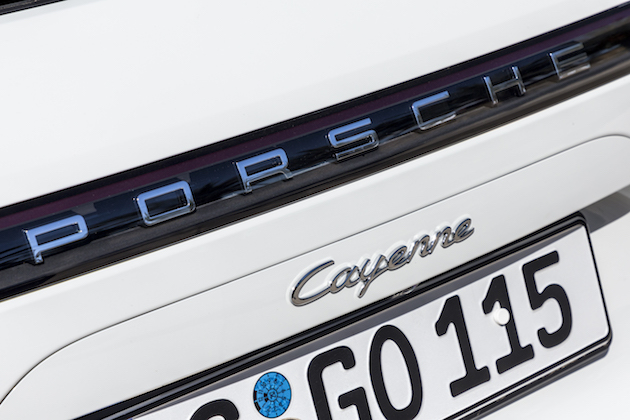 Porsche Cayenne Engine 2,995cc, 24V, V6 turbo Power 340hp at 5300-6400rpm Torque 450Nm at 1340-5300rpm Gearbox 8-speed automatic Top Speed 245km/h 0-100km/h 5.9 seconds Fuel efficiency 9.1L/100km CO2 207g/km Price TBA Availability 2018
Porsche Cayenne Engine 2,995cc, 24V, V6 turbo Power 340hp at 5300-6400rpm Torque 450Nm at 1340-5300rpm Gearbox 8-speed automatic Top Speed 245km/h 0-100km/h 5.9 seconds Fuel efficiency 9.1L/100km CO2 207g/km Price TBA Availability 2018
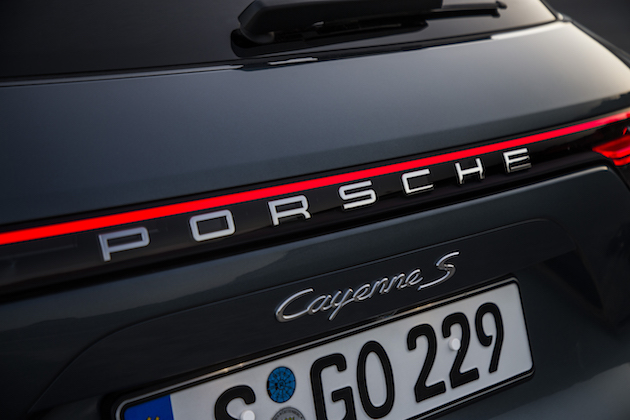 Porsche Cayenne S Engine 2,894cc, 24V, V6 biturbo Power 440hp at 5700-6600rpm Torque 550Nm at 1800-5500rpm Gearbox 8-speed automatic Top Speed 265km/h 0-100km/h 4.9 seconds Fuel efficiency 9.3L/100km CO2 213-209g/km Price TBA Availability 2018
Porsche Cayenne S Engine 2,894cc, 24V, V6 biturbo Power 440hp at 5700-6600rpm Torque 550Nm at 1800-5500rpm Gearbox 8-speed automatic Top Speed 265km/h 0-100km/h 4.9 seconds Fuel efficiency 9.3L/100km CO2 213-209g/km Price TBA Availability 2018
Link nội dung: https://nhungbaivanhay.edu.vn/porsche-cayenne-2018-a66674.html